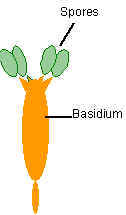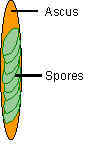difference between ascomycetes and basidomycetes?
You may refer to the answers provided by your friends or follow the given link- http://cbse.meritnation.com/study-online/study-material/c9Fr8IuxSEvltJiHX4aUDQ!!/862SEzRWLGdVdkuvpckzPw!!
@Others:- Good answers, keep contributing!!



